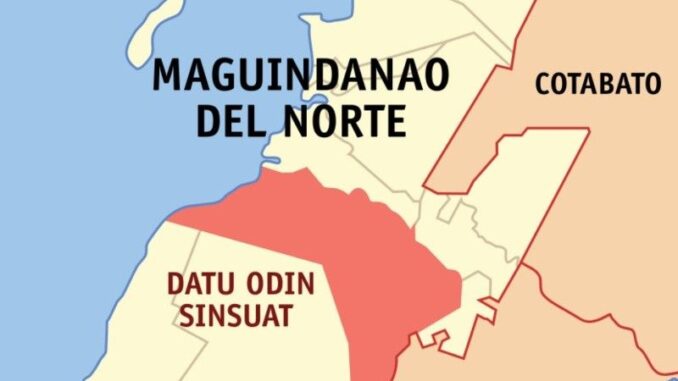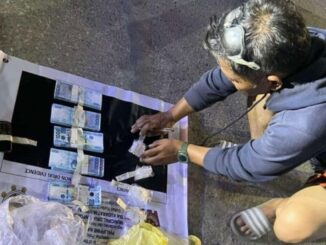
COTABATO CITY — A private watchman was hit with a bullet in the head when gunmen shot with assault rifles the houses of a senior official of the Bangsamoro Human Rights Commission and his staff in Barangay Labungan in Datu Odin Sinsuat, Maguindanao del Norte on Thursday night, October 10.
Officials of the Maguindanao del Norte Provincial Police Office and the Police Regional Office-Bangsamoro Autonomous Region separately told reporters on Friday that the gun attack victim, John Debang, is currently hospitalized and in critical condition.
Barangay officials said some 10 men brandishing M16 rifles approached from two directions the house of Commissioner Archie Buaya of the Bangsamoro Human Rights Commission (BHRC) in Barangay Labungan, an upland area in Datu Odin Sinsuat, and opened fire, hitting Debang in the head.
The group also fired at the nearby house of a BHRC employee, Ben Aguil, before they fled.
Buaya and Debang, the residential compound watchman, and Aguil are all non-Moro ethnic Tedurays, an indigenous community in the Bangsamoro region’s adjoining Maguindanao del Norte and Maguindanao del Sur provinces and in a number of towns in Sultan Kudarat and Sarangani provinces in Region 12.
Records from the regional offices of the police in Region 12 and in the Bangsamoro region and the Army’s 6th Infantry Division indicate that 75 Teduray timuays, or chieftains, and tribal figureheads in their ancestral lands, had been brutally killed in a seemingly unending spate of grenade and gun attacks since 2018, all unsolved.
Among the 75 slain Tedurays is the vice mayor of South Upi in Maguindanao del Sur, Roldan Benito, who was killed in an ambush, along with his bodyguard, Weng Marcos, last August in a hinterland barangay in the municipality.
Benito and Marcos were in a pick-up truck, en route to Barangay Bahar from the town center of South Upi, when they were attacked by gunmen positioned along the route, killing them both instantly.
Benito was a staunch critic of heavily armed non-Teduray intruders grabbing farms of hapless Tedurays in ancestral lands that are supposedly protected by the state via the 1997 Indigenous People’s Rights Act.





Be the first to comment